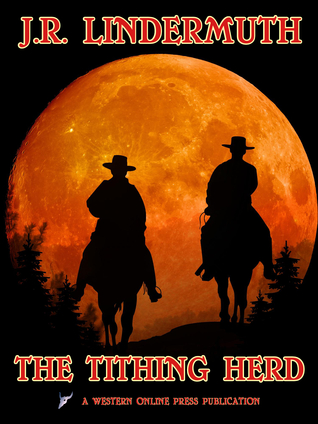
Book reviews are some of our first memories of writing--the assignment in fifth grade you dreaded. I can recall staring at a sheet of paper and writing, "I liked this book because--" and drawing a blank. Now however, a book review is not something I'm forced to do, and I enjoy it. You could, too. Writing a book review a way to share with others their response to a book and can offer a peek at your expertise and a chance to be published. Periodicals—off line and online—allow many venues for good book reviews. By "good" I mean well written. Praise does not make a good review (although authors really enjoy that), nor does writing only a story-line summary of the book. Here are a few keys to a well-written review.
The read Often the idea of reviewing a book might not occur until after you've read it. In that case, go back and read it again. Use sticky tabs (or your e-book highlighter) to mark interesting passages. While reading, make notes on the major elements such as character development, story line, tone of narration. I once read a book where a character who had seemed primary through two-thirds of the book, vanished without explanation in the story's resolution. A reviewer's reaction to something like this could be pertinent for other readers. For genre fiction, you should be aware of "industry standards" before you read. Don't impose a mystery criteria on a fantasy book.
For nonfiction you want to notice the substantiating information that bolsters (or not) the overall premise. The book's direction should be evident in the title, preface and table of content. If the subject covers elements new to you, read articles and other books on the subject to determine the author's effectiveness of idea and presentation.
Your reaction This key is the basis for your writing. Allowing others know your response to a book gives the review life and substance. In your review, give personal feelings about the voice the author used, or the subject matter of the book. Point out the elements of the book that affected you the most. Was it subtly presented or bold? Did the characters seem alive to you, or one-dimensional? Was the presentation comfortable to read, or did language become too dense or too simplistic? Expressing your views is essential. With fiction you must do this without "giving away" the story. Often focus on the theme, or the development of one major character can support your feelings without telling the whole story.
 The writing
The writing As with any piece, your writing should be polished, and the review should follow the basic article format with a beginning, middle and end. A book review is actually an essay set down to give comment on a particular work. So you start with an introduction that suggests your take on the piece and will capture a reader's attention Example: "When I first started reading this book [you would give the full title here] I expected a starry-eyed view of city-life. Boy, was I wrong." An expansion of this sentence could give a briefing about the book--it is contemporary, thirty-something male protagonist, the setting. This is your beginning.
The middle would, of course, be the bulk of your review. It should concentrate on your evaluation of the way the story and characters were developed. Bring in elements you liked and disliked. These will be in the notes you took while reading the book. Cite passages to substantiate your feelings. Keep the tone of your writing consistent and be direct with your statements.
For the end of the review, give your statement about the book--your personal critique. This should in some way relate back to what you said in the introduction. Be certain the review has a feeling of finality and no new elements are included.
The presentation The layout of your book review should follow basic writing guidelines either from the publisher, or as found in writing books. Your name and contact information should be on the first page, along with the a title for your review. Preliminary information is essential, with the author, title and sub-title, publisher and copyright date (in bibliographic form), number of pages, price and the ISBN number. Fictional example:
Amy Hasselbink
The Hat Trick
My Brief Futboling Experience
New York: Goalsetter Press, © 2003
280pp. $24.50
ISBN 0 00 257013 0
Tell if the book is cloth (hardback), trade or mass market paperback.
With so many online libraries and book stores, you can often publish the review directly the book page for the title you're reviewing. The publisher info is already in place, as well as an overview of the story. On these sites, don't be redundant. Skip right to your book review. The actual review should be in standard manuscript form.
Marketing With reviews for a brick-and-mortar publication, remember to treat this as you would any other submission. After you've written your draft, revised it (and revised it again). Your potential publisher could be a local newspaper, a magazine, or journal. As with any article, research your marketplace. If the book has relevance to a particular community, the newspapers and magazines in that area could be receptive. They can be found in online yellow pages. Don't overlook specialty niches where just a few alterations in your approach or wording could make the review appealing to a different source. As with articles, with just a little tweaking, you can reuse your hard work in many places. If you get enjoyment from book reviewing, you could even suggest yourself for a regular column for a regional or local publication.
Who knew? What you learned by slugging through those school assignments those many years ago could now bring you satisfaction, recognition and (in a few cases) even a little money.





















2 comments on original post:
said...
GITP
said...